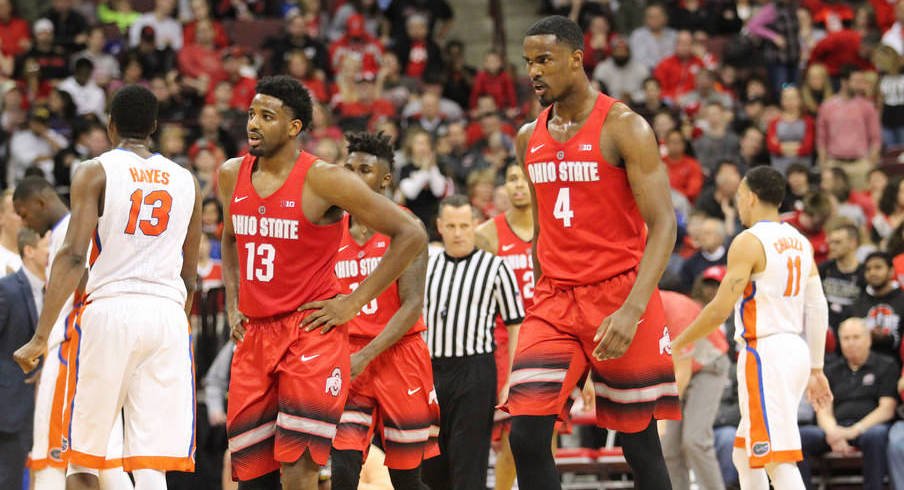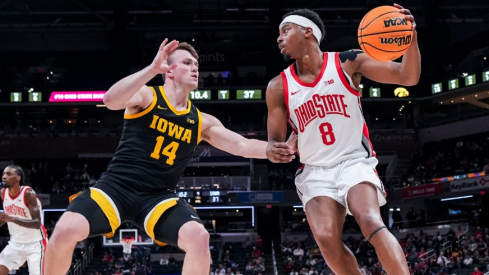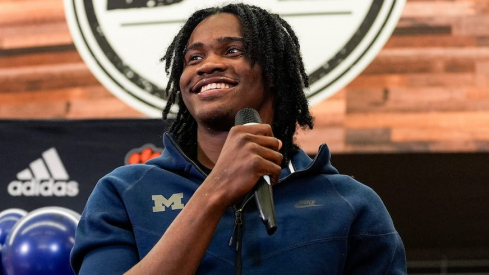Ohio State's 2014-15 season ended with a second round exit in the NCAA Tournament and D'Angelo Russell off to the NBA, yet the future looked bright for Buckeye basketball.
Thad Matta pieced together a top-five recruiting class for the 2015-16 season, a five player haul that gave Ohio State fans optimism that the Buckeyes could move on without much drop-off from the previous year.
Just two years later, every player from that class was gone.
Four of the five players left after just one season, while JaQuan Lyle stuck around for his sophomore season before quitting the team shortly after the 2016-17 campaign.
The upcoming 2018-19 season would have been the senior years for Daniel Giddens, A.J. Harris, Austin Grandstaff, Mickey Mitchell and Lyle had they all remained in Ohio State uniforms. Instead, they have all landed elsewhere, finishing their careers far away from Columbus.
Luckily for Ohio State, Chris Holtmann was able to piece together a roster that was not only competitive in 2017-18, but came up just shy of the Big Ten title. While their departures ended up being just a minor setback for the program, their impact was felt. It was just a much different impact than most expected when they arrived in 2015.
We decided to take a look at where each of the now-former Buckeyes are now, and how their careers have unfolded.
Daniel Giddens, C/PF
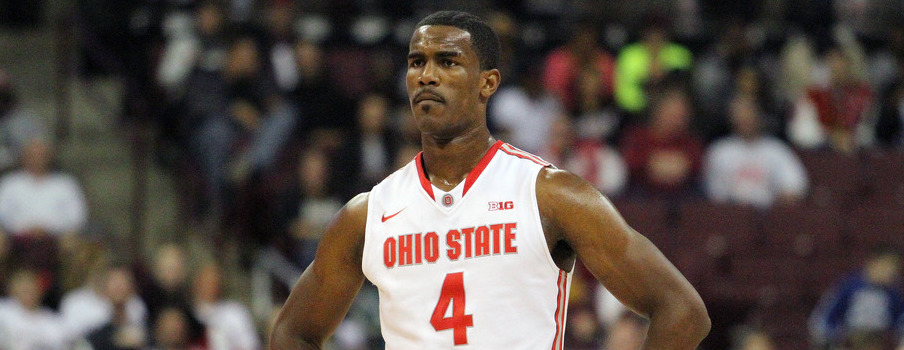
Recruited as one of the better big men in his class, Giddens came to Columbus with plenty of hype, especially considering the Buckeyes hadn't had a dominant big man since the likes of B.J. Mullens.
Giddens played in all 33 games, starting seven, and averaged 3.8 points and 3.6 boards per contest. He led Ohio State in blocks with 50 before announcing his transfer to Alabama shortly after the season ended.
After sitting out the 2016-17 season, Giddens averaged 4.2 points and 2.5 rebounds off the bench for the Crimson Tide last season, helping Alabama to a 20-16 overall record that ended with a second round exit in the NCAA Tournament.
Austin Grandstaff, G
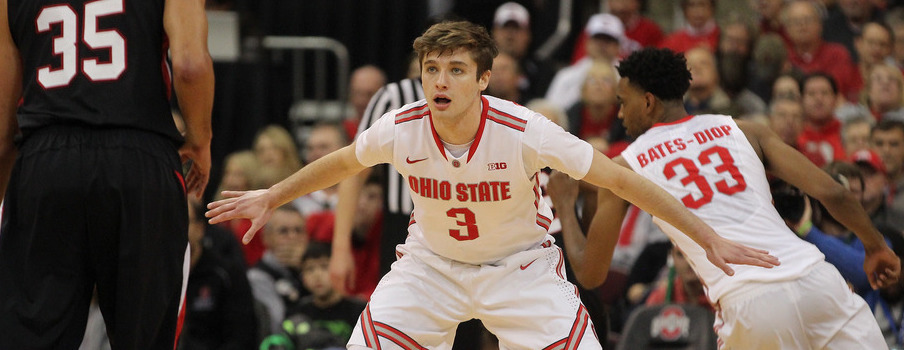
Known for his ability to shoot the ball from distance, Grandstaff came to Ohio State with expectations of becoming the next Jon Diebler for the Buckeyes. Instead, he lasted just 10 games with the Scarlet and Gray before announcing his transfer at the end of the fall semester in 2015.
He landed at Oklahoma, but never played for the Sooners, transferring once again to DePaul in the offseason. He sat out the entirety of the 2016-17 season, before becoming eligible for the Blue Demons last season.
He appeared in just 20 games for DePaul last season, averaging 7.1 minutes (4.4 minutes less than his 10 games at OSU) and 1.3 points per game. In 150 total minutes of action last season, he attempted 47 shots, converting on just nine.
A.J. Harris, G
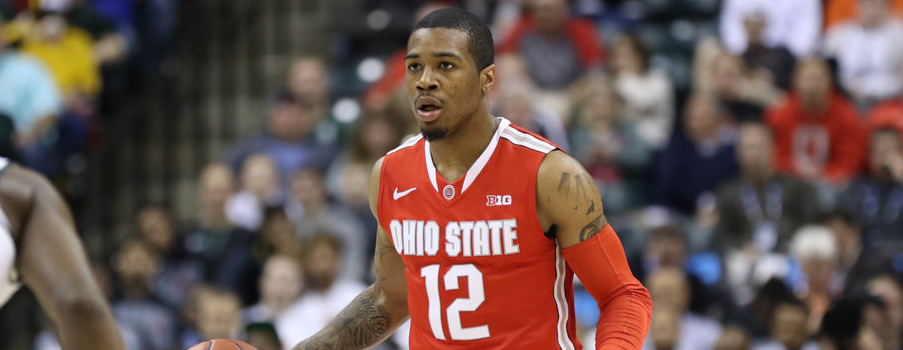
A Dayton native, Harris came to Ohio State as a slightly undersized guard (5-foot-9) with energy and defensive intensity. However, with Lyle running the show offensively, he averaged just 13.7 minutes per game in his only season as a Buckeye.
After averaging just 2.8 points per game in 2015-16, Harris transferred to New Mexico State. He sat out the 2016-17 season due to transfer rules before earning a starting role with the Aggies last season. Harris averaged 9.4 points per game, helping the Aggies reach their 21st NCAA Tournament appearance in school history.
The Aggies captured the WAC regular season and conference titles, as Harris scored a career-high 20 points in the WAC tournament title game against Grand Canyon University.
Mickey Mitchell, F

Mitchell was a highly recruited forward out of Texas, known for his passing abilities as a forward, but never found his rhythm as a Buckeye.
He averaged just 2.0 points and 2.8 rebounds per game off the bench for Ohio State in 2015-16, and shot a disappointing 35.4 percent from the floor, well below the expectations for a player who spent most of his time in the post.
Mitchell announced his transfer to UC-Santa Barbara following his freshman season, but never actually enrolled at the school. He eventually landed at Arizona State, where he averaged 5.8 points and 5.2 boards per game last season, helping the Sun Devils reach the NCAA Tournament, where they lost to Syracuse in the First Four.
JaQuan Lyle, G
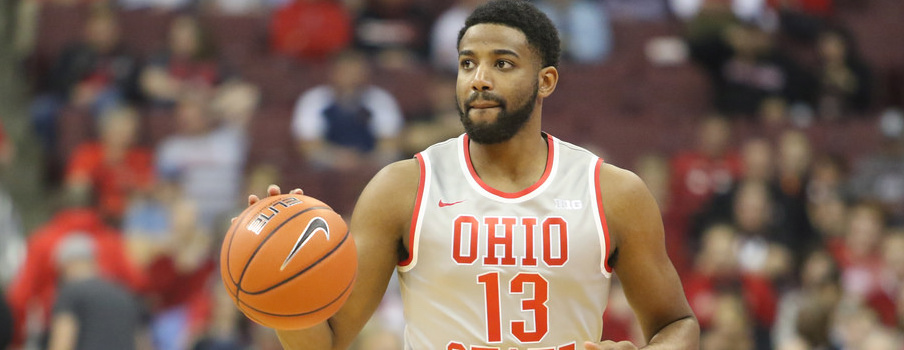
Lyle was the only member of the 2015 recruiting class to play more than one season with the Buckeyes, and had the most up-and-down OSU career of any of his classmates.
He made an immediate impact with the Buckeyes as a freshman, scoring 11.4 points per game, while leading the team in assists, dishing out 4.2 per contest. He recorded a triple-double in a 2016 win over Rutgers, just the fifth time a Buckeye has put up such numbers joining Dennis Hopson, Evan Turner (twice) and D'Angelo Russell.
He posted similar numbers in his sophomore campaign, averaging 11.2 points and 4.6 assists per game. However, Lyle was often criticized for his lack of effort and locker room presence in his time with Ohio State, as the Buckeyes limped to a 17-15 record and a first round exit from the Big Ten tournament.
Lyle was arrested in his home state of Indiana on May 13, 2017 on misdemeanor charges of public intoxication, criminal mischief to a vehicle and disorderly conduct. Ohio State announced later that day that Lyle had quit the team shortly after the season ended.
Rumors swirled that Lyle attempted to return to the team following Ohio State's coaching change during the offseason, however Chris Holtmann said the Buckeyes never "seriously considered" reinstating Lyle to the program, despite a glaring lack of depth at point guard.
Instead, Lyle transferred to New Mexico University and sat out last season. He will be eligible to play this coming season in what would have been his senior year at Ohio State, had he remained with the program.
It is easy to wonder what might have been had all five of these players stayed in Columbus. Would Thad Matta still have a job? What might have happened in 2016-17 had they returned the majority of the team? We will never know those answers, but it is safe to say that Ohio State found a way to survive a massive blow that could have set the program back years after the 2015 class left. Instead, it was just a minor setback for a program that suddenly has more momentum than most teams in the Big Ten.
